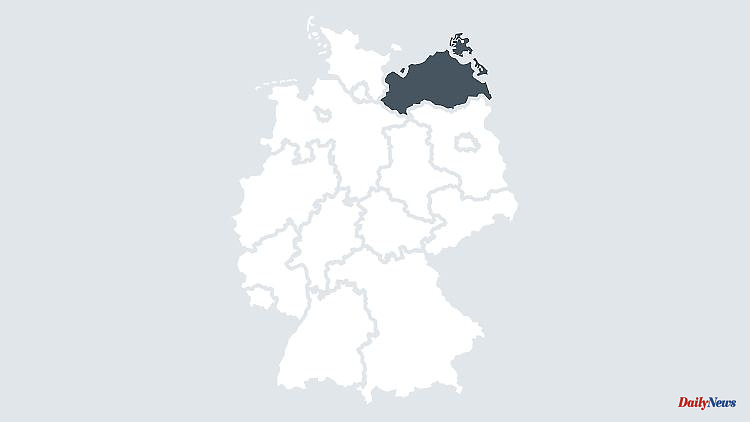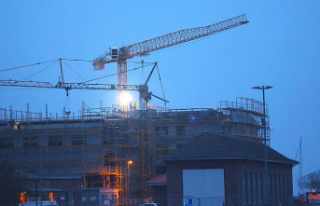Karow (dpa/mv) - In the Nossentiner/Schwinzer Heide Nature Park - the first "Star Park" in northern Germany - one hopes for a clear view. In the night from December 13th to 14th, the unusual natural spectacle of a meteor shower should be visible in the sky, as a spokeswoman for the protected area said on Monday in Karow. These are so-called Geminids, which enter the earth's atmosphere at only half the speed of other streams of meteorites and burn up as fireballs. This and the position of the sun - which currently illuminates the entry point in the sky at night - make it all clearly visible - when the sky is not cloudy.
In this context, the nature park invites you to a lecture about these Geminids and to a tour of the star observation site near Goldberg. The 36,000 hectare nature park includes parts of the districts of Rostock, Ludwigslust-Parchim and Mecklenburg Lake District. With nine inhabitants per square kilometer, the region is considered very sparsely populated, which is why light pollution is low at night. There are also tips for environmentally friendly lighting in the park.
In a "star park", the nights should remain as dark as possible, which most closely corresponds to the original habitats of nocturnal plants and animals such as owls, bats and insects. To date, the Westhavelland Nature Park (Brandenburg), the Eifel National Park (North Rhine-Westphalia) and the Rhön Biosphere Reserve (Thuringia/Hesse/Bavaria) have held the title "Star Park".












